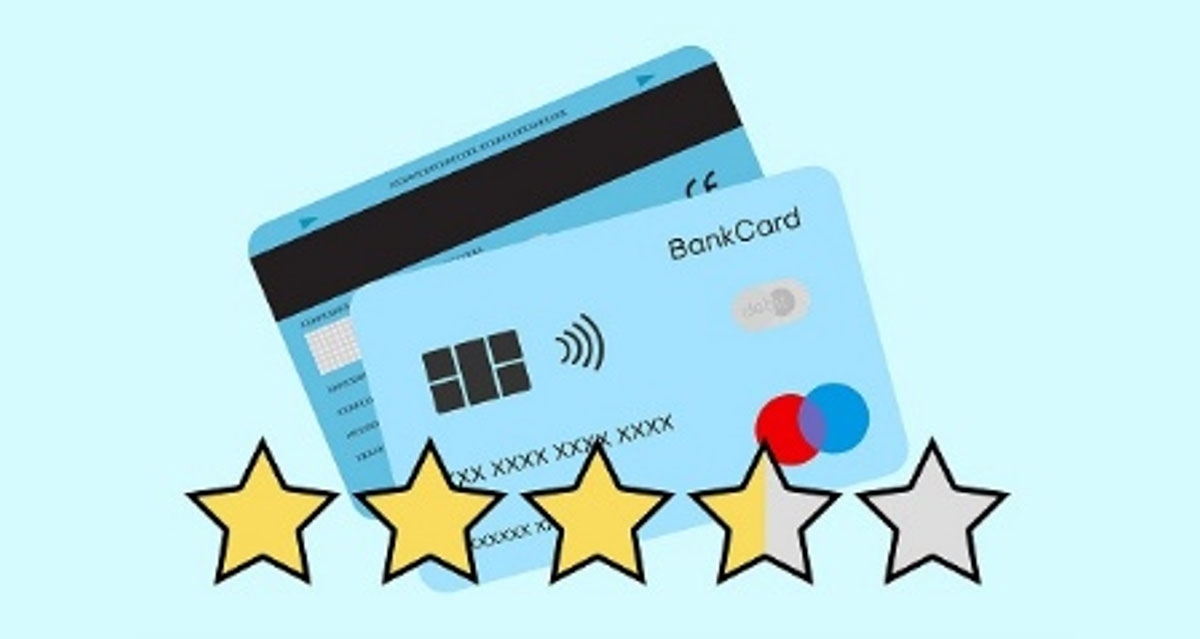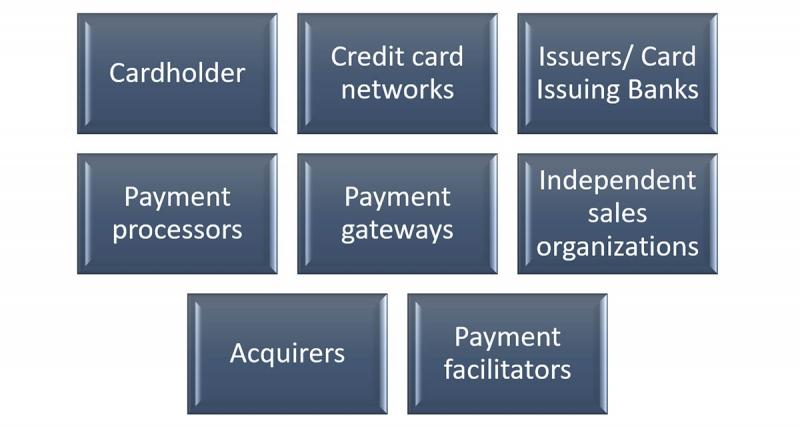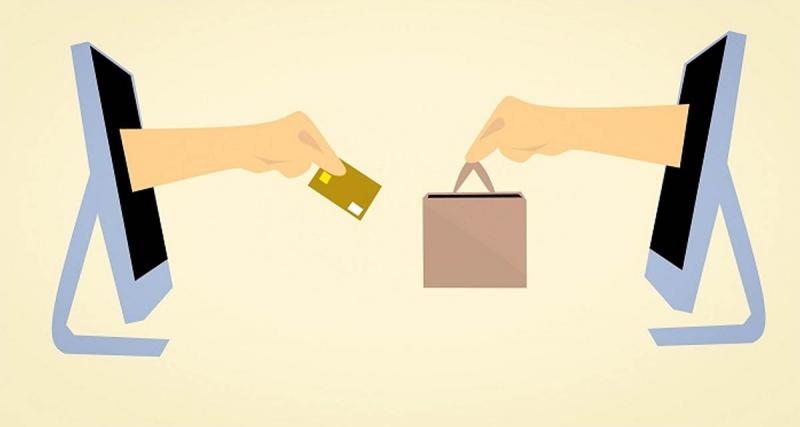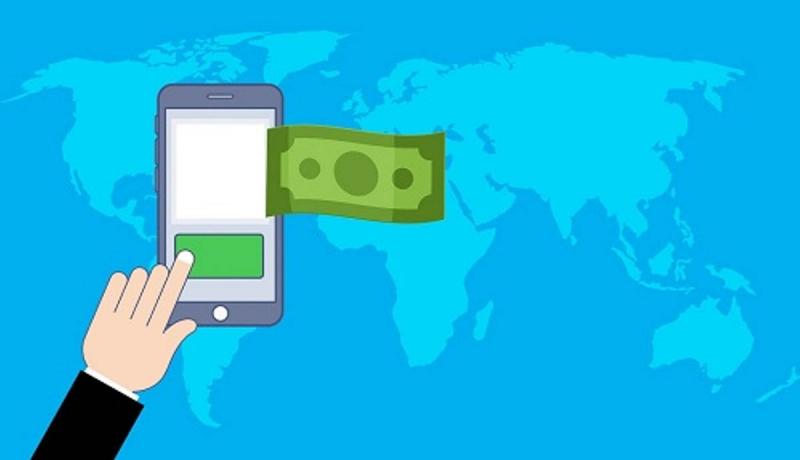
How are mobile and credit card payment gateways mutating business sector?
As much as the advancement in technology served other areas of life in Canada, the payment systems also got (and continue to be) modernized catering to the preferences of merchants, business owners, and consumers.
|
As per Statista survey, e-commerce retail trade sales valued at 4.8 billion Canadian dollars in December 2020 |
In the older times, the transfer of funds was the only concern of any payment processing industry. Then, this industry grew and consumers got their hands on digital payment methods like debit cards, unsecured credit cards, PayPal, Apple Pay, and secured credit cards in Canada.
Furthermore, the mobile phone industry complemented the ideas of:
- Digital shopping
- Quicker business-to-business payments
- Convenient customer experience
- Easier business management by its owners
What are Credit Card Payments?
Any payment (of goods/ services) you make through your credit card. Credit cards allow purchases in outlets, online, and via your cell phones. Credit card balance is the amount you owe to the card-issuing company (different credit cards have different credit limits which users are bound to obey) plus the interest.
|
60% of Canadians made a transaction via their credit cards in 2020. (Bank of Canada) |
Balances may also include fees like:
- Foreign transaction fees
- Late payments
- Cash Advance
- Annual fee, etc.
The balance users owe must be paid within the due date. Businesses can accept credit card payments when:
- They have a credit card terminal (point-of-sale equipment) in conventional storefronts.
- Mobile card reader for kiosks to run credit cards
- Gateway for on-the-web businesses
What are Mobile Payments?
Registered payment transactions are possible via your mobile phone. This payment technology is independent of cheques, cash, and physical cards.
These payments include mobile wallets and mobile money transfers.
|
The mobile payment market is predicted to mushroom to 8700 billion American dollars by 2027. |
At a store, the consumer is able to undertake mobile payments via point of sale devices.
- Mobile Wallet
It’s a digital wallet that keeps your credit/ debit card details to prevent you from using physical cards during shopping.
- Mobile Wallet Apps
These apps utilize NFC near field communication technology to communicate two devices (i.e. payment reader and consumer's phone) wirelessly.
The best options of mobile payment (digital wallet) apps in Canada popular for protected transactions are:
- Square
- Google Pay
- PayPal
- Apple Pay
- Banking Apps
Parties Involved in the Payment Ecosystem
The payment ecosystem is teamwork where each member/ party has significant duties to complete the payment transaction:

Payment Processors
These are the merchant service provider companies helping merchants/ business owners with digital payment transactions. They have 2 kinds:
- Front-end processors
They route transactions to the cardholder’s bank, for the purpose of authorization, from the merchant.
- Back-end processors
They are responsible for moving payments from front-end processors to issuing bank of the merchant.

They perform tasks like:
- Creating merchant accounts
- Accepting/ processing debit, credit, and prepaid card payments
- Process management of credit and debit card
- Fraud protection plan
Issuers
These financial institutions/ banks issue credit cards to consumers. Also, they issue payments to the acquirer.
Acquirers
Also known as the merchant acquirers, these are the financial institutions/ banks which make the merchants able to process/ offer credit card payments to the consumers.
They can also perform the roles of an ISO or a payment processor. They are designed to process debit/ unsecured and secured credit card payments for the merchant.
Credit Card Networks
They are the transaction facilitator among the merchants, processors, banks, and consumers. Payment processors, issuers, processors communicate via these electronic networks and pay fees for it.
Popular credit card networks in Canada are:
- Visa
- MasterCard
- American Express
Payment Gateways
A software application is made to ensure compliance with security standards whenever the user puts his/ her credit/ debit card information to make purchases. In short, the merchant is able to accept cards (both online and in outlets) via these gateways.
ISOs
ISO stands for Independent Sales Organizations. They play their role in credit card processing services. They act as a middle man between payment processors, merchants, and acquirers.
The Digitized Payment Processing Cycle
Whenever you swipe your credit/ debit card or make a mobile/ online payment – it takes only a few seconds. But the process has several steps performed by the significant players to complete this transaction.
|
There are 92 million mobile payment users in the States. (2020) |
This cycle has two parts:
- The Authorization Process
- The Settlement Process
The Authorization Process
|
Card is swiped |
The consumer purchases goods/ services and swipes his/ her card through the POS terminal. |
|
Info Transmission |
The user’s card info is moved from the payment processor. The payment and card info is later sent to the merchant’s bank. |
|
Acquiring bank and credit card network |
The cardholder’s credit card network receives info from the acquirer. |
|
Approval/ denial of funds – Authorization |
The transaction is routed for authorization. Depending upon the funds and status of the cardholder, this transaction is denied or approved. |
|
Authorization Code |
If enough funds are found in the card owner’s account, the issuing institution assigns and communicates the authorization code. |
|
Transmission of Authorization Code |
The acquiring bank receives this code after the approval is sent to the payment processor by the card network. |
|
Receipt Generation |
The merchant’s terminal get this approval/ authorization code and receipt I generated. |
The Settlement Process
|
Capture |
The information moves from merchant to payment processor to acquirer at the end of the day. This procedure of funds transfer is also called capture. |
|
Card Network and Issuing Bank |
The transaction info is routed from acquirer to card network to issuing bank. |
|
Transfer of Funds |
Funds are transferred from issuer to acquirer. The transfer fee is deducted. |
|
Amount Deposition |
Funds are deposited to the bank account of the service/ product provider. |
|
Transaction Bill |
Issuer deducts transaction fee from the cardholder. |
Benefits of Accepting Mobile and Credit Card Payments
If you have not considered offering a digital payment facility to your consumers as a business owner, think of it now. The mobile and credit card payments performed quite well pre-pandemic – however, in the pandemic, this industry took swollen surge.
|
The digitized payment industry sped up by 2-3 years in the pandemic times. |
For instance, while the whole food industry got almost blocked in the Covid as the Canadian government closed restaurants and cafes – this industry was able to sustain itself because of the digitized payments and delivery system.
Not just this; but also grocery, medicines, and myriad other businesses are opting for modern payment systems because of their countless benefits
- Golden Data
Business plan, create and implement promotional and marketing strategies with the help of data that's already available plus the data they collect over time. The credit card processors are fed by various spending behaviors of the consumers over time.
Companies then pick trends and new patterns from this data to sustain existing customers and attract more people.
- Improved Cashflow
When payments are digitized, the cost of handling receipts (conventional bookkeeping) manually is saved. Since everything is being recorded, money theft in business is also reduced.
When card payments are made, they get cleared in some days automatically.
- Secure
Digital payments have secure gateways. These payments are integrated so any faults in the supplier management, payment files, etc. can be easily monitored.
There are minimal chances of technical failures/ glitches due to cyber security.
- Time and Cost Saver
Mobile and credit card payments have facilitated:
- Reducing the backlog of receipts and invoices
- Decreased pollution due to digitized receipts
- Plummeting data entry
This process is contact-free and happens quicker than someone physically paying cash and waiting for balance return, the queues, and less labor due to lesser manual bookkeeping.
- Customer Satisfaction
These digital payment options bestow rewards/ loyalty points to the customers, which they redeem and get the satisfaction of saving money.
|
25.7% of users used mobile wallets to clear point-of-sale payments. |

Business owners and marketing teams know clearly, that it takes more dollars to attract new customers than retain the existing ones. Facilitating them with modern payment processing can certainly be one of many factors that sustain your existing customers.
- New Opportunities
Businesses that were familiar with this payment technology integrated it to help the suspended businesses (in the pandemic times) breathe.
|
Mobile payment volume reached $131 billion in 2020. |
Credit Card vs. Mobile Payments
We have discussed how finely these two modern payment modes are blessing success and growth in today’s business sector.
Let’s look into some of the differences between credit cards and mobile payments:
|
If Stolen |
If your mobile phone (downloaded with mobile payment app) is stolen, the snatcher would have to replicate your thumbprint (as latest phones have thumbprint security options on money apps) or know your pin to login. If a credit card is embezzled, the thief can comparatively imitate you easily. |
|
User Ease |
The cardholder has to carry the card (all the time) if he wants to make purchases. Mobile payment does not bound you to carry the cards. |
|
Time Friendly |
Mobile payment takes much lesser time than credit/ debit card payment. |
|
Tracking |
Mobiles today have trackers in case it is misplaced or robbed. Credit cards have no such technology (till yet). |
|
Contact Free |
Mobile wallets have all the info saved, you make a purchase and pay via mobile app. In card payment, you have to hand over your card info (when using unsecured and secured credit cards, debit cards) when shopping online. |
|
Credit Prerequisite |
To apply for the mobile app, you don’t have to submit your credit score and other credit information like in the case of credit cards. People with poor credit scores may also have their credit card application requests overruled. |
Guide to Choosing your Payment Gateway Provider
Today's customer/ consumer is aware and smart – he/ she prefers quick and easy shopping experiences. Thus, businesses today are always planning to serve efficient and effective customer services.
|
80% of consumers are utilizing mobiles for online shopping. |
Companies should consider these factors prior to selecting the best online payment method:
- Security
Different payment gateways have different security standards. Customers prefer shopping sites which they can trust enough to input sensitive financial/ bank information.
Elect a gateway that hinders the company from fraud/ ill transactions.
- Service & Fees Agreements
Fees are variants for gateway options. It generally is influenced by:
- Types of business transactions
- Business sales
- Revenue consistency
- Transaction frequency, etc.
- Upper Limit
For small businesses, payment gateways with (comparatively) lower transaction limits are okay.
However, if you sell high-priced goods/services, you would have to pick the option with a higher transaction upper limit.
- Non Hosted vs. Hosted
|
Hosted Payment Gateway |
The customer is routed to the processor’s website to enter bank details. It takes more time. The information is comparatively safer. |
|
Non-Hosted Payment Gateway |
The customer enters information into your website. It takes less time for transaction completion. |
- Processing Speed
Processing speed influences operational efficiency and business workflows. It is the time speed of sending money from the bank of the customer to the bank of the merchant.
- Currency Options
If your business operates globally, and a significant chunk of your customer base is foreign – you can’t ignore the foreign currency gateway.
The fee of gateways with multiple currency options is somewhat higher.

FAQs
- What are NFC mobile payments?
NFC stands for near-field communication. This technology allows contactless payments without having to insert a card and inputting the pin.
- What are the popular payment options?
Cash
Credit cards
Mobile payments
Checks
Debit cards
Electronic bank transfers
- Do all phones support mobile payments?
- Galaxy A series, Galaxy watches, and Samsung Galaxy S6 (and newer models) are Samsung Pay compatible.
- iPhone6 is the least iPhone version that is Apple Pay compatible.
- 5.0 (and recent) Android cell phones, Huawei can download Google Play.
- What is a mobile wallet?
Instead of using a physical card, mobile wallets are digital ways to store gift cards, debit, credit, and ID info. Consumers can make purchases easily with their cell phones.










